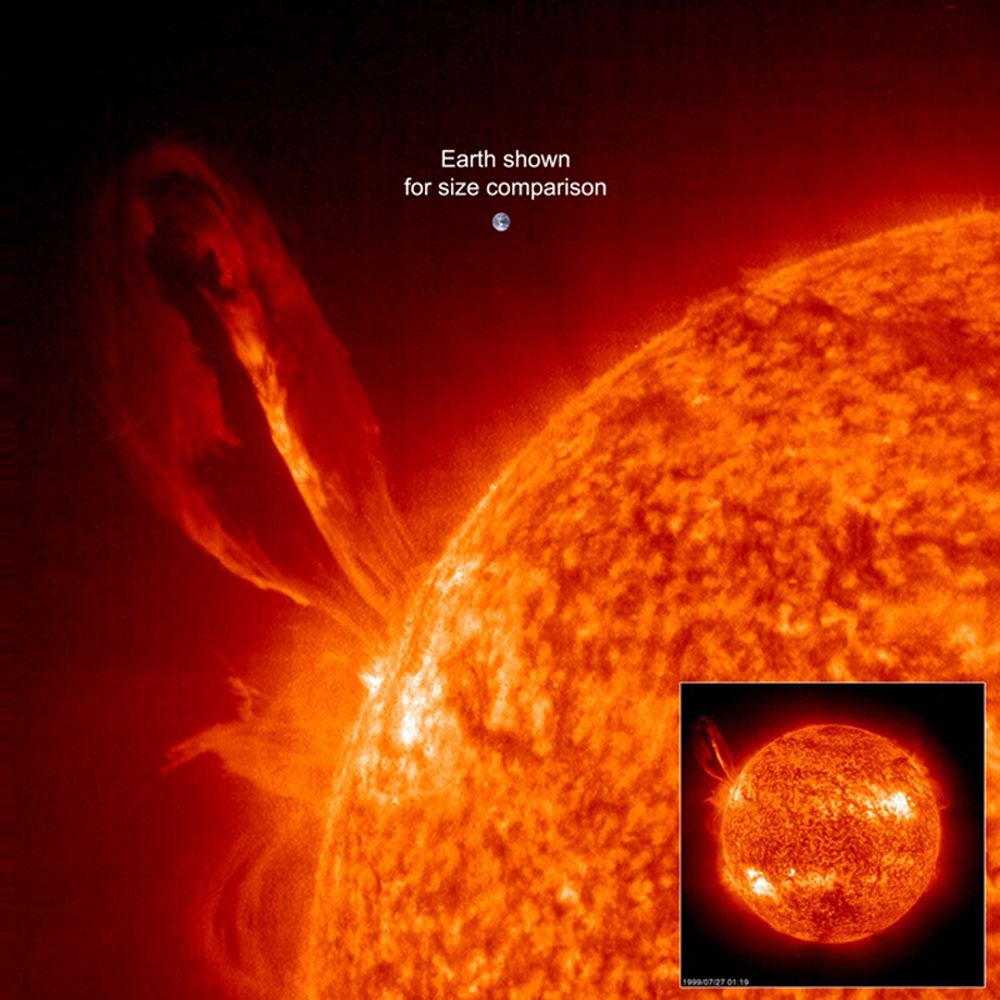Chuckanut
Give me a museum and I'll fill it. (Picasso) Give me a forum ...
NASA's Juno probe is taking some amazing new photos of Jupiter:
NASA's Jupiter probe captures new photos of the planet, Great Red Spot - Business Insider
NASA's Jupiter probe captures new photos of the planet, Great Red Spot - Business Insider

